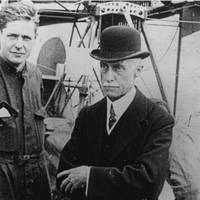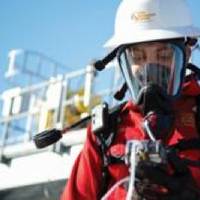Aviator & Engineer: Lawrence Burst Sperry

The U.S. Navy, and the aeronautic field in general, has benefited enormously from the genius of more than one Sperry. Lawrence Burst Sperry, the second son and third child of gyrocompass inventor Elmer A. Sperry was a pioneer in instrumental flight and famous inventor in his own right, launching the Lawrence Sperry Aircraft Co. at 26, and earning 23 patents before his untimely death at the age of 31 in 1923. It was no exaggeration. Like his father before him, Sperry’s engineering brilliance more than made up for his lack of a college degree…
SMS Launch Hydrogen Sulfide Safety Program

Safety Management Systems (SMS) is now offering an H₂S health and safety program for the oil & gas industry. Hydrogen sulfide gas, or H₂S, is the second most deadly gas and develops along with crude oil and natural gas. Because of this, having the proper H₂S safety measures in place is imperative to any company working with oil & gas. The new SMS H₂S program offers the oil & gas industry the most comprehensive H₂S solution on the market. SMS boasts highly-trained H₂S technicians along with the best equipment and most advanced technology available in a rental program.
Carbon Monoxide - A Deadly Gas
I know it is hard to believe but soon the cool winds of Autumn will be blowing. With the change in weather, heaters will be fired up and newspapers will fill with tragic tales of carbon monoxide poisoning. If this is a typical year, nearly 300 people will lose their lives to this "silent killer" and 5,000 people will require hospitalization from its toxic effects. Carbon monoxide is created by the inefficient combustion of carbon-based fuels such as gasoline, diesel, propane, natural gas, charcoal, and wood. These fuels can be found in virtually every home and every work setting. Carbon monoxide is a potential hazard in at your house, aboard vessels, and in poorly ventilated work areas in shipyards. One reason CO is a particularly hazardous gas is it is difficult to detect with the senses.





